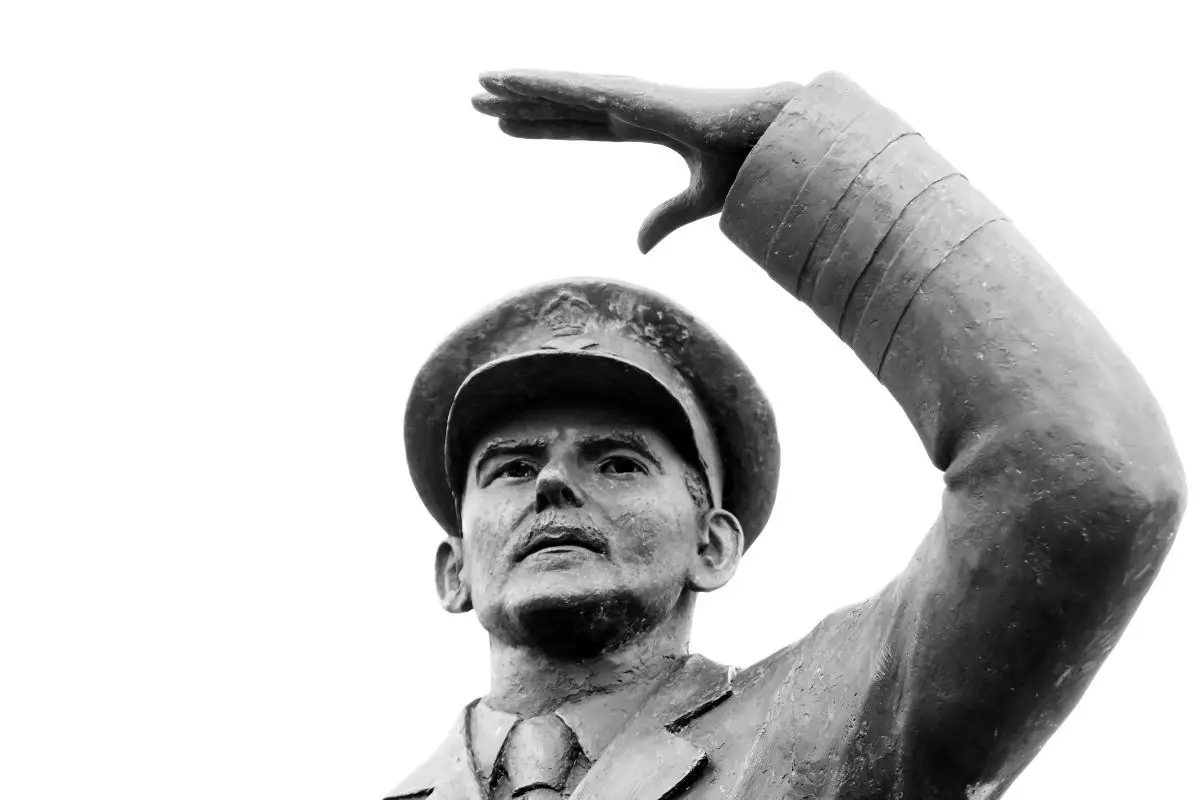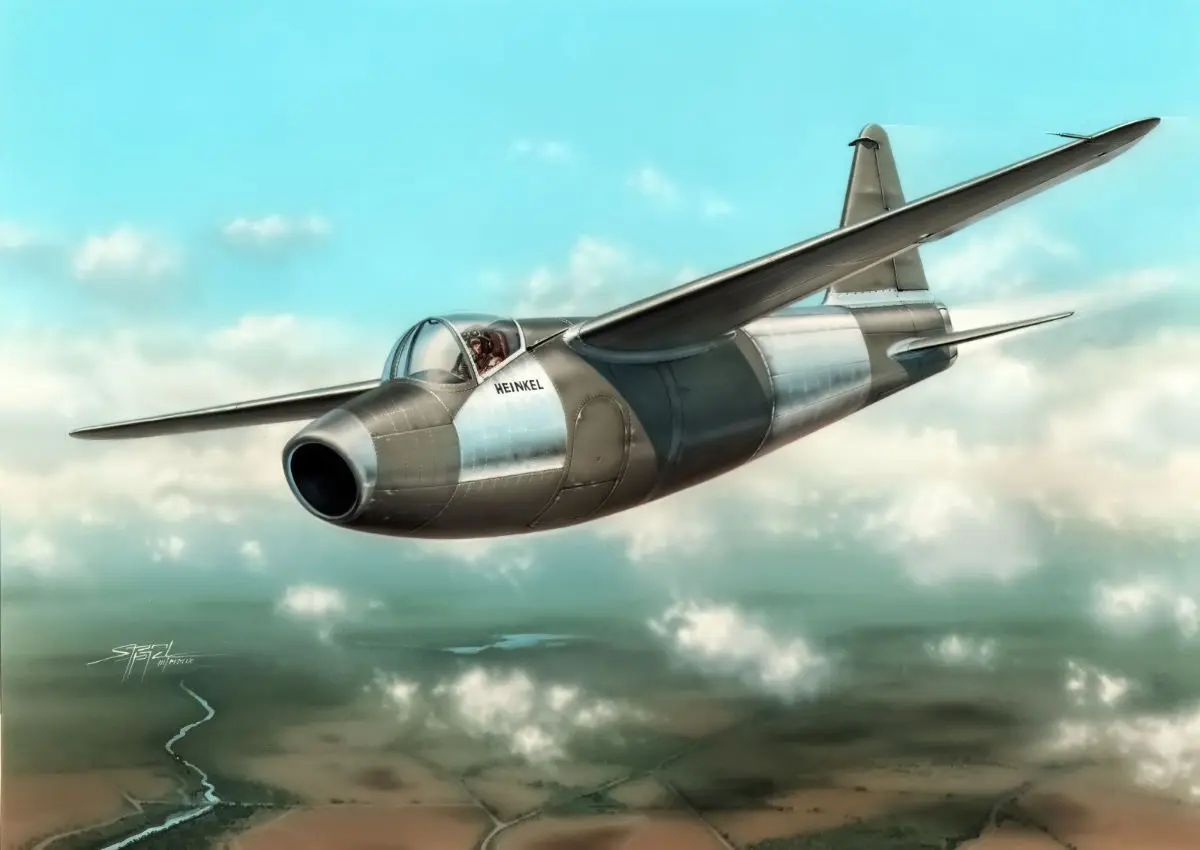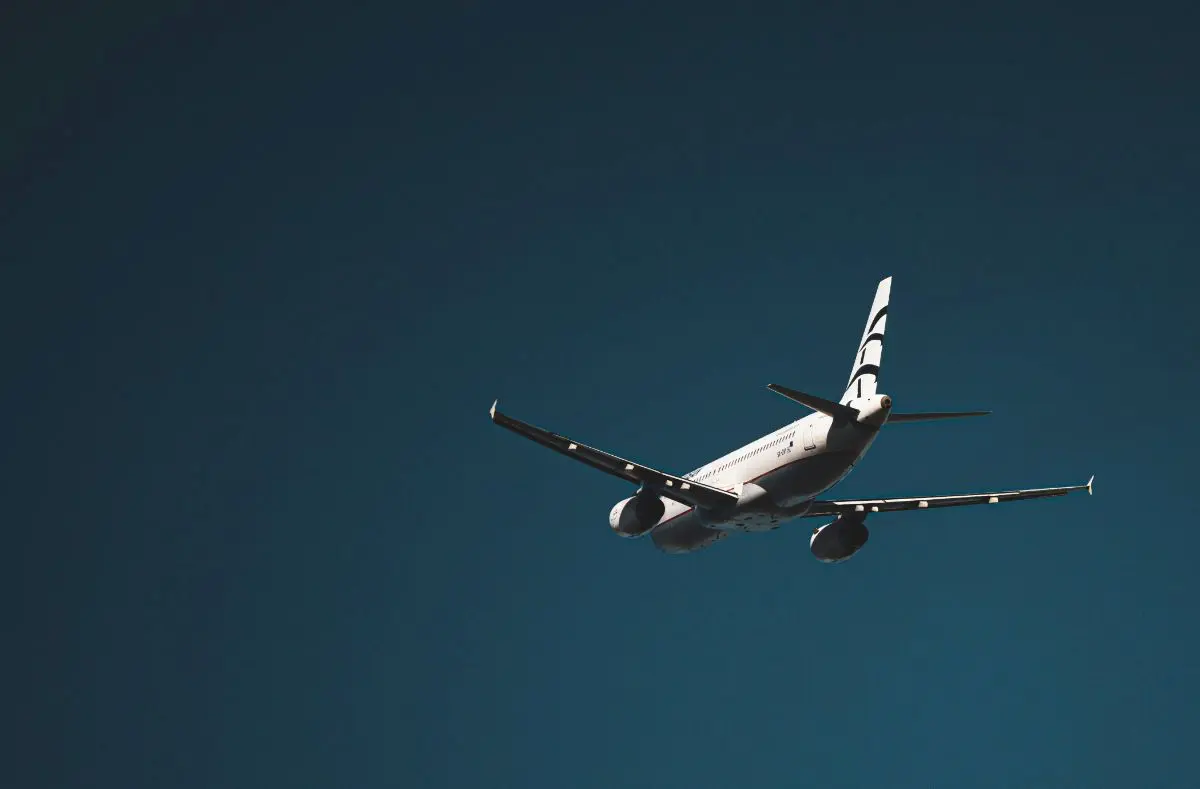
When Was the Jet Engine Invented?
Many inventors were designing the jet engine at the same time. Read all the details.
Table of Contents
Historians recognize Sir Frank Whittle as creating the first jet engine. He filed his schematics of a prototype in 1930 and made his first successful test engine in 1937. However, the early prototype was found to have fuel leak issues and was never officially tested for aviation.
The jet engine as we know it today has two credited creators: Sir Frank Whittle and Dr. Hans von Ohain.
Both creators were unaware of each other's work. They filed for patents with similar schematic designs only a few years apart.
Let's take a look at when the jet engine was invented.
Who Invented the First Jet Engine?
When the jet engine was invented and who created the modern jet engine is not straightforward.
The journey was fraught with issues, near bankruptcies, coverups, executions, and other drastic tribulations that prevented its use for commercial purposes until well after the second world war.
There was interest in a cone-shaped rocket device in 1633 when Ottoman Lagari Hasan Çelebi was said to have launched a rocket using jet propulsion. However, this was widely regarded as a publicity stunt.
20th-Century Jet Engine Development
It wasn't until the early 20th century that a realized concept became a constructible prototype.
In 1906, Russian engineer V.V. Karavodin patented the pulsejet and constructed a working model by 1907. Various engineers and inventors also submitted other patent designs all around the world:
- French inventor Georges Marconnet patented a valveless pulsejet engine design in 1908.
- Spanish inventor Ramon Casanova patented his pulsejet design in Barcelona in 1917 and constructed one by early 1913.
- Robert Goddard was recognized for creating a pulsejet engine in 1931 and demonstrated it on a jet-propelled bicycle.
The Jet Age
The 1930s saw a flurry of designs, all harnessing the jet engine design principles. The pulsejet design made way for a new combustion chamber which became a significant design feature of the modern-day jet engine.
Throughout the 1930s and 1940s, engineers and technicians filed many jet engine patents. There are several documented cases of prototypes being constructed and tested to varying degrees of success throughout the world during this period. This gave rise to this decade known as the "jet era".
Sir Frank Whittle
Sir Frank Whittle was a British engineer who worked for the British Royal Air Force and is widely credited for creating the first patent and prototype of the modern jet engine. Whittle first created and successfully obtained the patent for the jet engine schematics in 1930.

By 1935, the patent was due for renewal, and due to financial difficulties, Whittle could not afford the renewal fee. Whittle met with Rolf Dudley-Williams, a British aeronautical engineer. They decided to create a partnership named Power Jets Ltd to further the jet engine research and create a prototype.
The First Working Prototype of the Jet Engine
Whittle was given the title "Honorary Chief Engineer and Technical Consultant" at Power Jets Ltd. He quickly developed a working prototype in 1936 with steam turbine specialists British Thomson-Houston.
Meanwhile, in Spain around the same time in 1936, a completely separate prototype of the jet engine was being constructed by Virgilio Leret Ruiz at the Hispano-Suiza aircraft factory in Madrid. Leret Ruiz obtained a patent for the jet engine in 1935. He was executed just months after the initial prototype was built by Francoist troops at the onset of the Spanish Civil War.
Virgilio Leret Ruiz's schematics were hidden from the Francoists and secretly handed to the British embassy in Madrid a few years later when his wife, Carlota O'Neill, was released from prison.
In the UK, Whittle remained oblivious to the work of the Spanish Captain and created multiple prototypes of the jet engine from 1936 until funding issues took hold of the company in 1939.
Engineers tested many designs, but critical design issues prevented the design from being used for any aviation capacity until Gloster Aircraft Company used Whittle's engine design within the Gloster E.28/39 aircraft in 1941.
First Jet Engine Tested in Aviation
Dr. Hans von Ohain was a German physicist, engineer, and designer of the first operational jet engine in any aviation capacity. Ohain obtained a patent for his design, the Heinkel HeS 1, in 1936. Heinkel tested a functional prototype in 1937.

This engine also encountered issues, and it wasn't until 1939 that the jet engine prototype was tested operationally within the Heinkel He 178 aircraft, two years earlier than Whittle.
Post WW2 Use of the Jet Engine
By 1944, Britain and Germany were using the jet engine in many of their first jet fighter aircraft. After the second world war, the US and the Soviets studiously created their own versions of the jet engine.
In 1947, Dr. Ohain was brought to the United States and went on to work for the United States Air Force, aiding them to develop a more enhanced jet engine design. British engines were also manufactured under license in the US and distributed to Soviet Russia, who later reverse-engineered them, creating the famous MiG-15 jet fighter aircraft.
By the 1950s, combat aircraft almost exclusively used jet engines. The jet engine design had overcome many of the technical issues. By the 1970s, the modern high bypass jet engines were designed, allowing aircraft to fly at higher altitudes while using considerably less fuel than piston-powered aircraft.

Summary
It took less than 15 years for the jet engine to surpass the schematic and problematic design of Sir Frank Whittle's first jet engine to something the Military used in combat jet fighters in Britain and Germany.
By the 1950s, the jet age had taken hold, and the world saw the first glimpse of commercial jet-powered airliners. Fast forward another 20 years to the early 1970's and commercial jet aircraft were commonplace, with jet engines capable of safely powering large commercial aircraft at high speeds and high altitudes.
If you want to know more about jet engines, you can read about how fast modern jet engines spin.
Planenerd Newsletter
Join the newsletter to receive the latest updates in your inbox.






